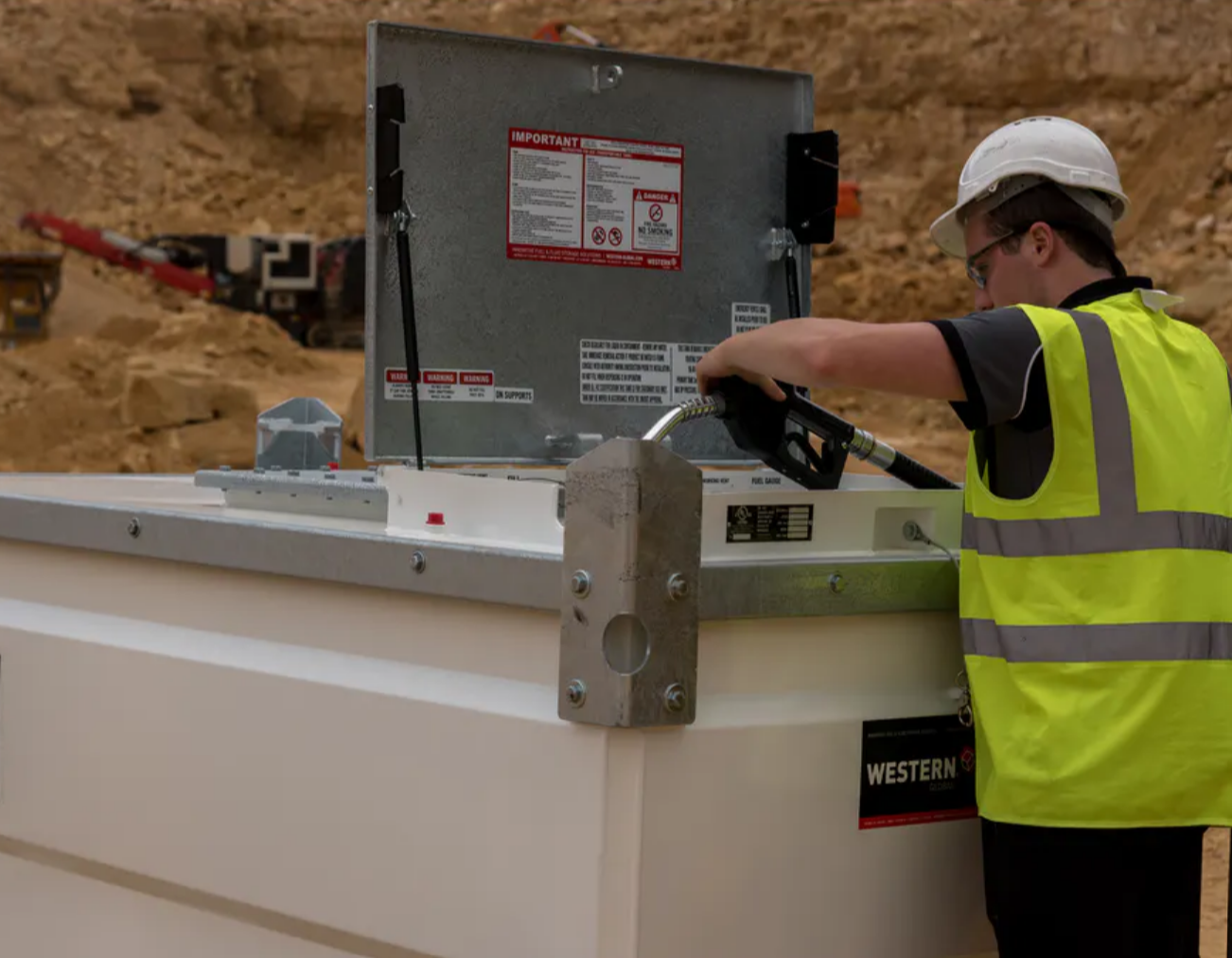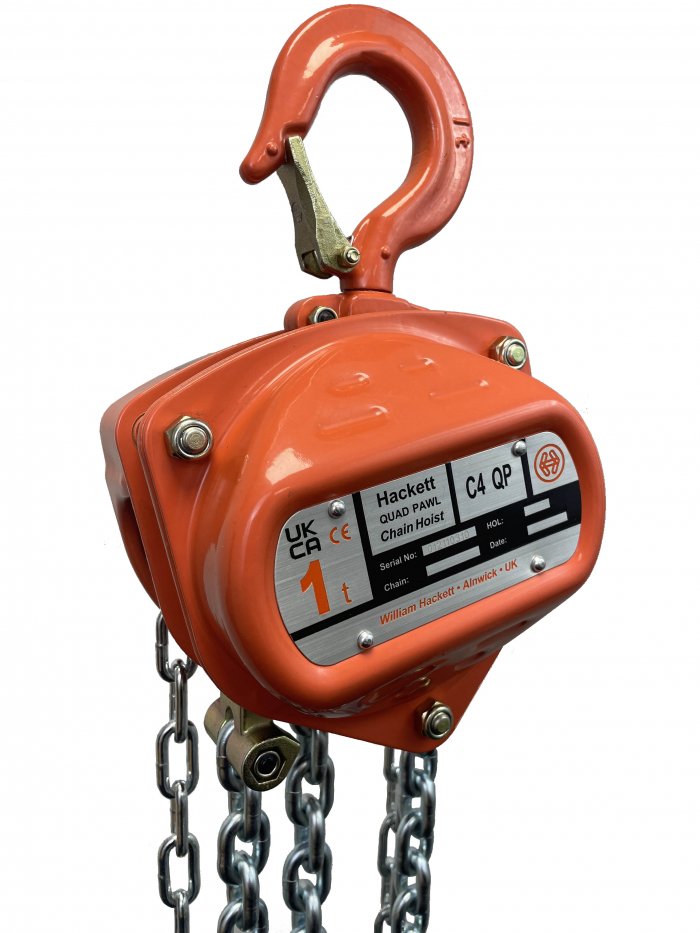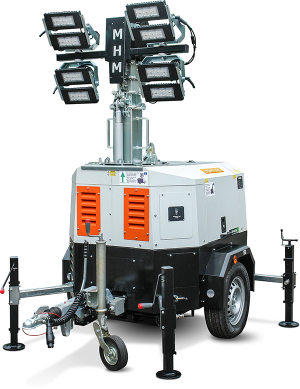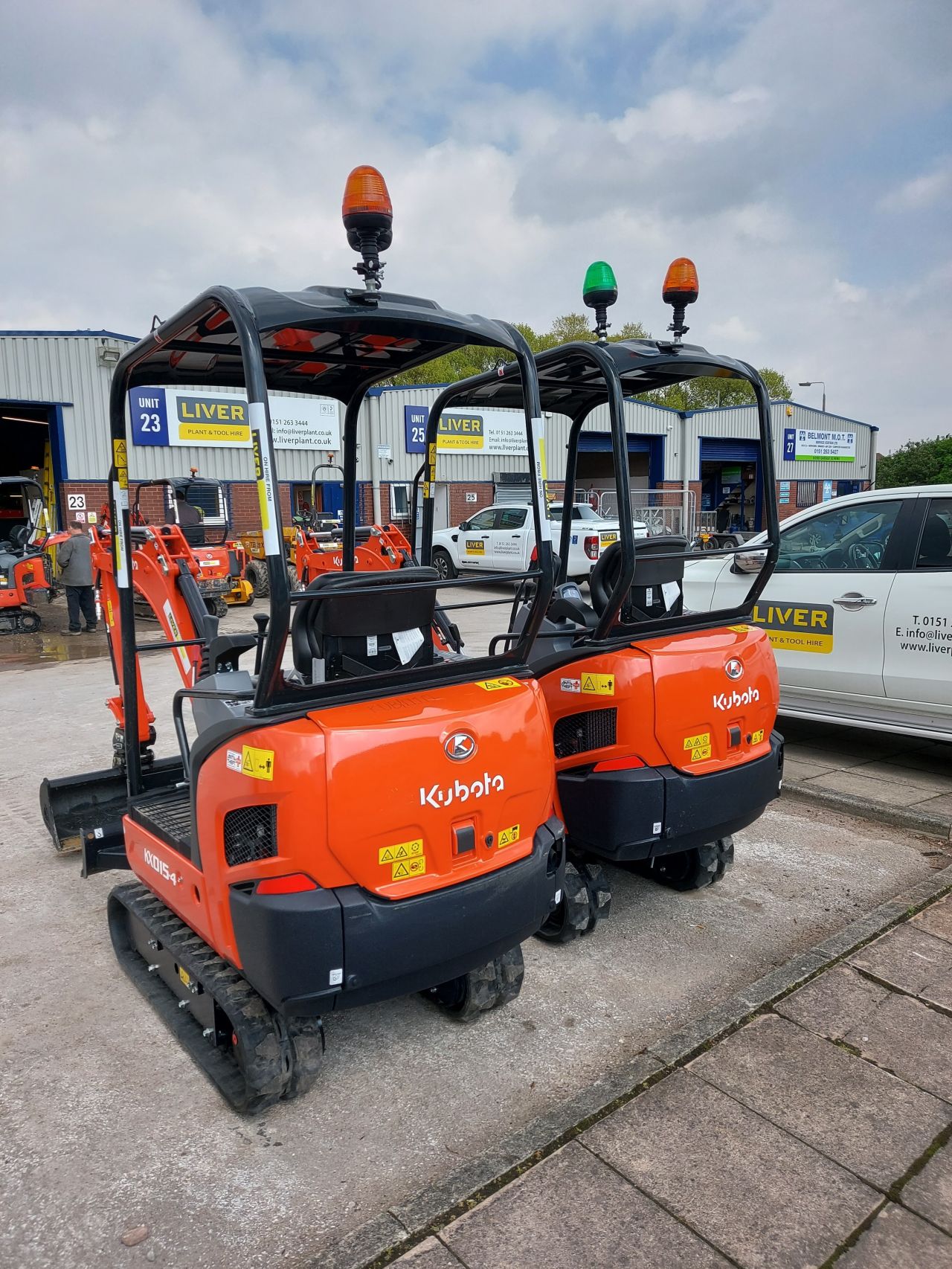
Selecting the appropriate drill plays a huge part in achieving successful outcomes.
In this comprehensive guide we will explore the different drill types in depth, touching on their applications and the essential factors to consider.
Types of Drills
Before we dive into the intricacies, we will begin by discussing the primary types of drills commonly used in construction:
Corded Drills
- Corded drills are robust and powerful tools that draw energy directly from a power supply through an electrical cord.
- Their primary advantage lies in the uninterrupted flow of power, making them ideal for heavy-duty tasks that demand constant drilling without concerns of battery life.
- These drills typically offer higher torque and power compared to their cordless counterparts, making them the preferred choice for large-scale construction projects.
Cordless Drills
- Cordless drills offer greater mobility and flexibility as they are not confined by a power cord.
- Instead, they are powered by rechargeable batteries, enabling you to work in remote locations or areas without direct power access.
- Cordless drills are well-suited for light to medium-duty tasks and are available in various sizes and power ratings to cater to different construction needs.
Hammer Drills
- Hammer drills are specialised tools that combine the functionality of rotary drilling with a hammering action.
- This unique feature allows them to efficiently penetrate tough materials like concrete, brick, or stone.
- The hammering action delivers a series of rapid impacts, breaking through solid surfaces with ease.
- Consequently, hammer drills are indispensable for tasks such as drilling holes for anchors, dowels, and other fasteners in masonry materials.
Rotary Drills
- Rotary drills are versatile tools designed primarily for drilling holes in wood, plastic, and metal.
- They are the workhorses of construction projects, offering smooth and precise drilling capabilities.
- Available in both corded and cordless variants, rotary drills are a staple in any construction toolbox and can handle a wide range of applications, making them indispensable for both professionals and DIY enthusiasts.
Impact Drills
- Impact drills share some similarities with hammer drills but are designed for high-impact applications such as driving screws and tightening nuts.
- They deliver a series of rapid, rotational impacts to the drill bit, producing higher torque and enabling efficient screw-driving and fastening tasks.
- Impact drills are particularly suited for heavy-duty construction work, where torque and sustained power are essential.
Right-Angle Drills
- Right-angle drills are compact and engineered to fit into tight spaces and corners, where conventional drills cannot reach.
- Their unique design allows them to operate at a right angle to the drill's body, making them indispensable for drilling in confined areas.
- Plumbers, electricians, and carpenters often rely on right-angle drills to navigate tricky spots with ease.
How to determine the Right Drill for Your Project
Now that we have an overview of the different drill types, let's delve into the essential factors to consider when selecting the most suitable drill for your specific construction needs:
Project Scope and Scale
- The scale and complexity of your project will play a significant role in choosing the right drill.
- For extensive construction projects with substantial drilling requirements, heavy-duty corded drills with higher torque and power ratings are ideal.
- On the other hand, smaller projects may be effectively handled by cordless drills or rotary drills, depending on the specific tasks involved.
Material Type
- Different materials demand different drilling approaches.
- For example, drilling into concrete, stone, or brick requires the use of a hammer drill due to its ability to combine rotary motion with a hammering action. This combination is essential for breaking through tough materials effectively.
- Conversely, drilling into wood and metal can be accomplished with a rotary or impact drill, each offering its unique advantages for these materials.
Power and Torque:
- The power and torque ratings of a drill are indicative of its performance capabilities.
- Higher power and torque are essential for drilling into tough materials and handling heavy-duty applications.
- Assess the intended use of the drill and select one with adequate power and torque to meet the demands of your construction project.
Portability and Convenience
- Consider the mobility and convenience requirements of your construction site.
- If your project demands the flexibility to move freely without being tethered to a power outlet, cordless drills are a suitable choice. They offer greater mobility, allowing you to work in remote or confined spaces.
- On the other hand, if your site has a stable power supply, corded drills might be more suitable for uninterrupted and continuous drilling.
Battery Life
- For cordless drills, battery life is a critical consideration.
- Ensure that the chosen drill has sufficient battery capacity to sustain your tasks without requiring frequent recharging.
- Depending on the duration of your construction projects, consider investing in spare batteries to ensure uninterrupted work.
Ergonomics and Comfort
- Construction projects often involve extended periods of drilling.
- Choosing a drill with comfortable grips and an ergonomic design is vital to reduce operator fatigue and enhance productivity.
- A comfortable grip and well-balanced design can make a significant difference in the comfort level during prolonged use.
Anti Vibration System (AVS)
- Selecting a drill with a good Anti Vibration System (AVS) is crucial if you are looking to keep working at a high productivity without risking injury on site.
- An Anti-Vibration System (AVS) is a technology implemented in power tools like drills to reduce or eliminate the harmful effects of vibrations generated during their operation.
- The AVS is designed to improve ergonomics and comfort for users, particularly on construction sites where power tools are used extensively.
The benefits of an anti-vibration system (AVS) include:
- Reduced Operator Fatigue
- Improved Comfort and Ergonomics
- Prevention of Hand-Arm Vibration Syndrome (HAVS)
- Minimized Whole-Body Vibration (WBV)
- Enhanced Control and Precision
- Safer Work Environment
- Compliance with Health and Safety Regulations.
Budget Considerations
- While it is essential to focus on the specific needs of your project, budget constraints are also significant factors to consider.
- Carefully balance the features and capabilities of the drill against your budget to make a cost-effective choice that meets your requirements without compromising on quality.
Common Drill Applications
Now that we have covered the factors influencing your drill selection, let's explore specific scenarios and the recommended drill types for each.
Drilling into Concrete or Masonry
- When working with concrete, stone, or brick, a hammer drill is an indispensable tool.
- Its hammering action allows it to break through tough materials effectively, making it the go-to tool for tasks such as installing anchors, fasteners, or creating holes in masonry surfaces.
- The hammering action enables efficient drilling and ensures the stability of fasteners in solid materials.
Woodworking Projects
- For woodworking tasks, such as building furniture, assembling wooden structures, or crafting intricate designs, a rotary drill is the most appropriate choice.
- Rotary drills deliver smooth and precise drilling, ensuring clean holes and allowing for easy screw driving.
- Their versatility and ease of use make them an essential tool for woodworking professionals and enthusiasts alike.
Metalwork
- When dealing with metal, an impact drill is often the preferred choice.
- The rapid bursts of torque provided by impact drills make them ideal for driving screws and drilling holes in metal surfaces.
- The impact mechanism ensures efficient fastening and drilling in metal, making it a valuable tool for construction and metalworking projects.
Home Improvement and DIY Projects
- For general home improvement tasks like hanging shelves, installing curtain rods, or fixing fixtures, a cordless drill offers the convenience of portability and versatility.
- Cordless drills allow you to move freely and work in various areas around the house without being constrained by a power cord.
- They are also ideal for small repair and maintenance jobs.
Confined Spaces
- In situations where working in tight or hard-to-reach areas is necessary, right-angle drills shine.
- Their compact design and ability to fit into confined spaces make them invaluable for plumbing, electrical work, and other tasks that demand access to challenging spots.
- Right-angle drills provide the necessary reach and flexibility to navigate tight corners and awkward angles effectively.
Safety Considerations
Regardless of the type of drill you choose, safety should always be your top priority. Here are some essential safety tips to bear in mind when using drills:
Wear Appropriate Safety Gear
- When on site, you should always wear personal protective equipment (PPE) such as safety goggles, ear protection, and suitable clothing when operating a drill.
- The safety gear will protect you from potential hazards like flying debris and excessive noise.
Secure Workpieces
- Before commencing drilling, ensure that the workpiece is securely fastened or clamped in place.
- This prevents it from moving or spinning during drilling, reducing the risk of accidents and injuries.
Mind the Depth
- When drilling into walls or materials with hidden wiring, use depth stops or tape to prevent drilling too deep.
- This precaution helps avoid damaging electrical wires or pipes concealed within the surfaces.
Unplug or Remove Batteries
- Before changing drill bits or making adjustments, unplug corded drills or remove batteries from cordless drills.
- This practice ensures there are no accidental starts while handling the drill.
Keep Work Areas Clean
- Maintain a clean work area, free from clutter and debris.
- A tidy workspace reduces the risk of tripping hazards and promotes safe and efficient operations.
Follow Manufacturer's Guidelines
- Always read and follow the manufacturer's instructions and safety guidelines provided with the drill.
- Familiarise yourself with the drill's features, specifications, and recommended usage to ensure safe and proper operation.
Conclusion
Choosing the right drill for your construction project is a crucial decision that directly impacts the efficiency and quality of your work.
You can confidently select the perfect drill to meet your specific needs by considering:
- Project scope and scale
- Material type
- Power and torque requirements
- Portability
- Ergonomics
- Budget constraints
Each type of drill brings its unique advantages to the table and can cater to various construction tasks and materials. Whether you need to drill into concrete, wood, metal, or navigate tight spaces, there's a drill tailored to your requirements.
Prioritise safety measures at all times and adhere to best practices when using drills.
You can browse our drilling product range here.




